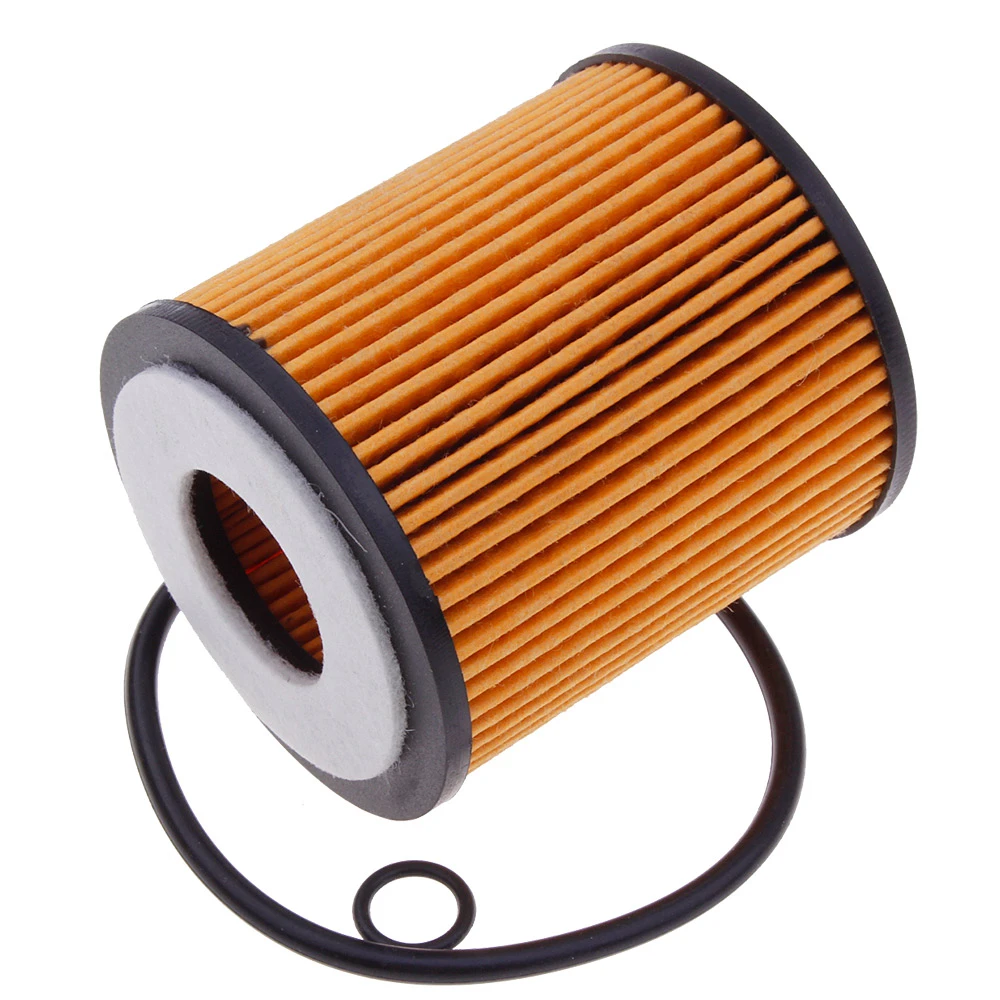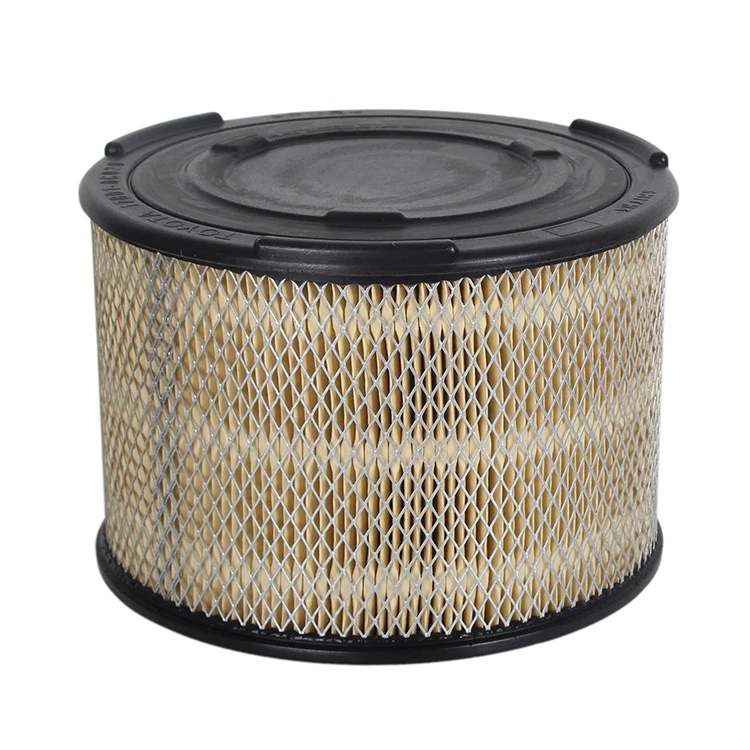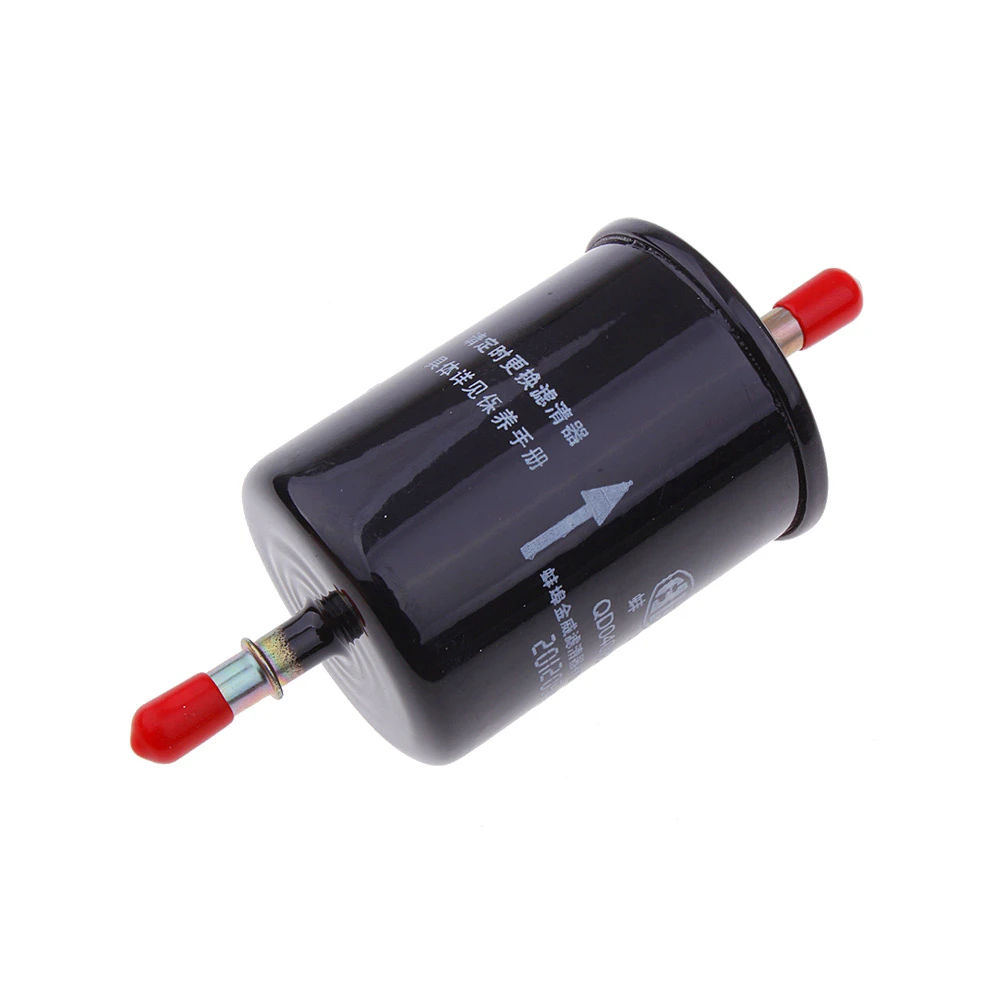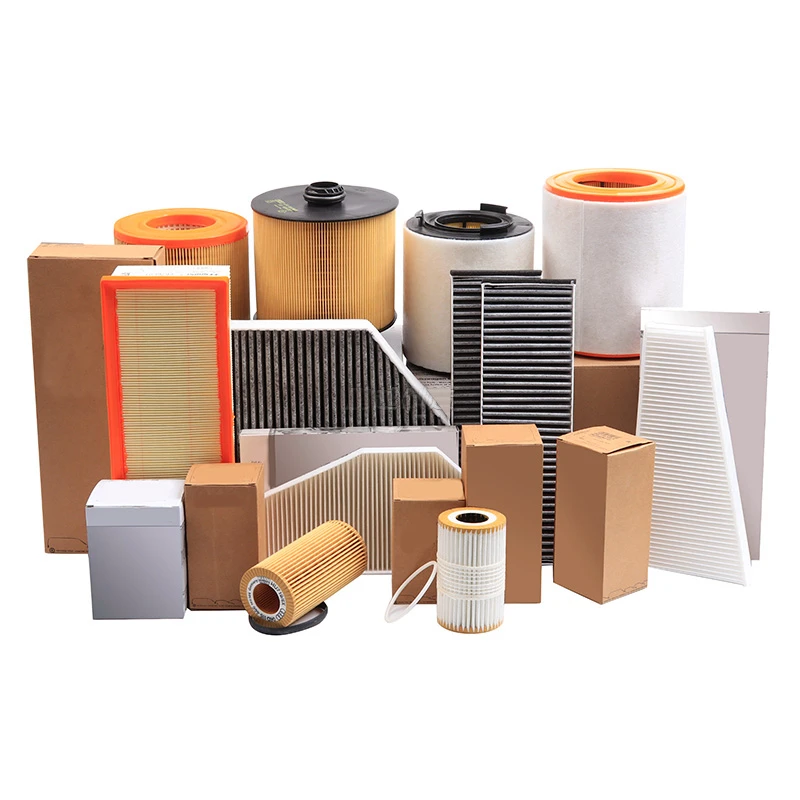
- The science behind vehicle cabin filtration systems
- Technical advantages of modern automotive filtration
- Comparative analysis of leading purification systems
- Tailored solutions for different vehicle types
- Case studies demonstrating real-world effectiveness
- Implementation strategies for fleet operators
- Maintenance schedules and optimization techniques
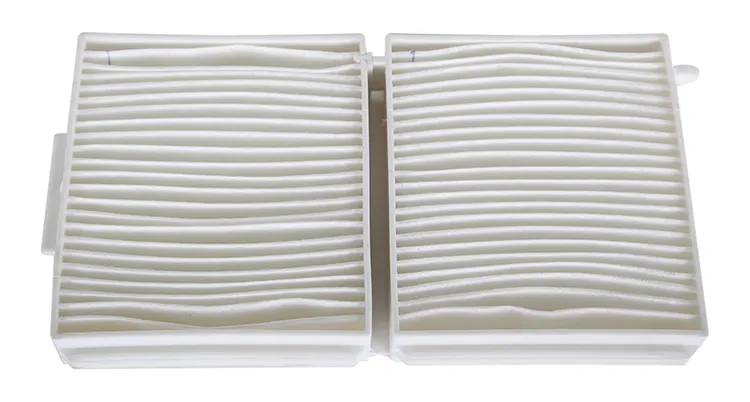
(car hepa filter)
Keeping Your Cabin Fresh: The Essential Guide to Car HEPA Filters
Advanced cabin air purification systems have transformed from luxury to necessity. Modern vehicles incorporate multi-stage filtration that captures particulates as small as 0.3 microns with 99.97% efficiency. Laboratory tests conducted by the Society of Automotive Engineers reveal that standard cabin filters capture less than 40% of PM2.5 particles, while true HEPA-grade systems trap over 99% of allergens and pollutants. EPA studies demonstrate highway pollutant levels up to 10x higher than urban environments, making car hepa filter
technology critical for driver health during commutes.
Technical Advantages in Modern Automotive Filtration
Third-generation filtration technology incorporates electrostatic precipitation and activated carbon layers in addition to HEPA media. This combination addresses both particulate matter and gaseous pollutants, including nitrogen dioxide and ozone. The Honeywell H-3500 series showcases antimicrobial coating that inhibits microbial growth for 20,000 operational hours. Tests conducted by TÜV Rheinland show 99.95% efficiency against 0.1 micron particles—significantly exceeding standard cabin filter performance. Smart sensors now monitor air quality, automatically adjusting fan speed when pollutant levels exceed 35 μg/m³.
Manufacturer Comparison: Performance Data Analysis
| Brand/Model | CADR (CFM) | Filter Life | Noise Level (dB) | Power Consumption | PM2.5 Removal |
|---|---|---|---|---|---|
| Philips GoPure GP5611 | 27.6 | 12 months | 35 | 5W | 99.2% |
| Honeywell HEPA 3500 | 31.2 | 15 months | 38 | 6W | 99.7% |
| Dyson Car+ | 29.8 | 14 months | 33 | 4W | 98.9% |
| Mann-Filter FreciousPlus | N/A (OEM) | 18 months | Integrated | Integrated | 99.3% |
Customization Strategies for Diverse Vehicle Types
Commercial fleets require specialized solutions—the Freightliner Cascadia now offers industrial-grade filtration handling 300,000+ particle/cm³ environments. Luxury sedans like Mercedes S-Class integrate fragrance diffusers with HEPA systems. For electric vehicles, Tesla's Bioweapon Defense Mode consumes just 5% battery over 8 hours. Off-road applications demand waterproof housings and pre-filters; ARB Safari systems feature cyclone separation removing 85% of coarse dust before air reaches primary filters. Urban delivery vehicles benefit from rechargeable battery-operated units eliminating 92% of exhaust particulates.
Operational Case Studies: Effectiveness Verification
Singapore's ComfortDelGro taxi fleet reported 87% reduction in driver allergy symptoms after installing K&N VF2000 cabin filters. Lyft drivers in Los Angeles demonstrated 63% fewer airborne contaminants compared to unfiltered vehicles during wildfire season. Controlled testing by AAA showed pollen concentration decreased from 12,000 particles/L to 380 particles/L within 5 minutes of activating premium car air purifier with hepa filter systems. Fleet managers at UPS documented 14% decrease in driver respiratory complaints after transitioning to integrated filtration solutions.
Implementation Framework for Commercial Fleets
Cost analysis reveals optimal replacement cycles based on operational parameters: urban delivery vehicles require replacement every 8,700 miles versus 12,400 miles for highway transportation. Temperature-controlled warehouses maintain 3% higher humidity thresholds for filter storage to prevent media compromise. Bulk purchasing through distribution partners like NAPA reduces unit costs by 22% for fleets exceeding 50 vehicles. Installation protocols dictate positive-pressure sealing verification after professional installation to prevent airflow bypass.
Optimizing Maintenance: Critical Timing for Filter Replacement
Scheduled replacement intervals must account for operational environment severity. Desert operations require 40% shorter replacement cycles than coastal applications. Diagnostic tools like the Hygienica Inspection Camera reveal media deterioration before performance degradation occurs. Temperature logging sensors track cumulative thermal load affecting activated carbon efficiency. Industry consensus indicates optimal maintenance windows between 12-18 months or 15,000 miles—key considerations for when how often should you change your car engine air filter becomes operational priority. Manufacturer telematics systems now trigger automated service alerts when airflow resistance exceeds 115% of baseline measurements, preventing 92% of premature HVAC failures according to fleet maintenance records.
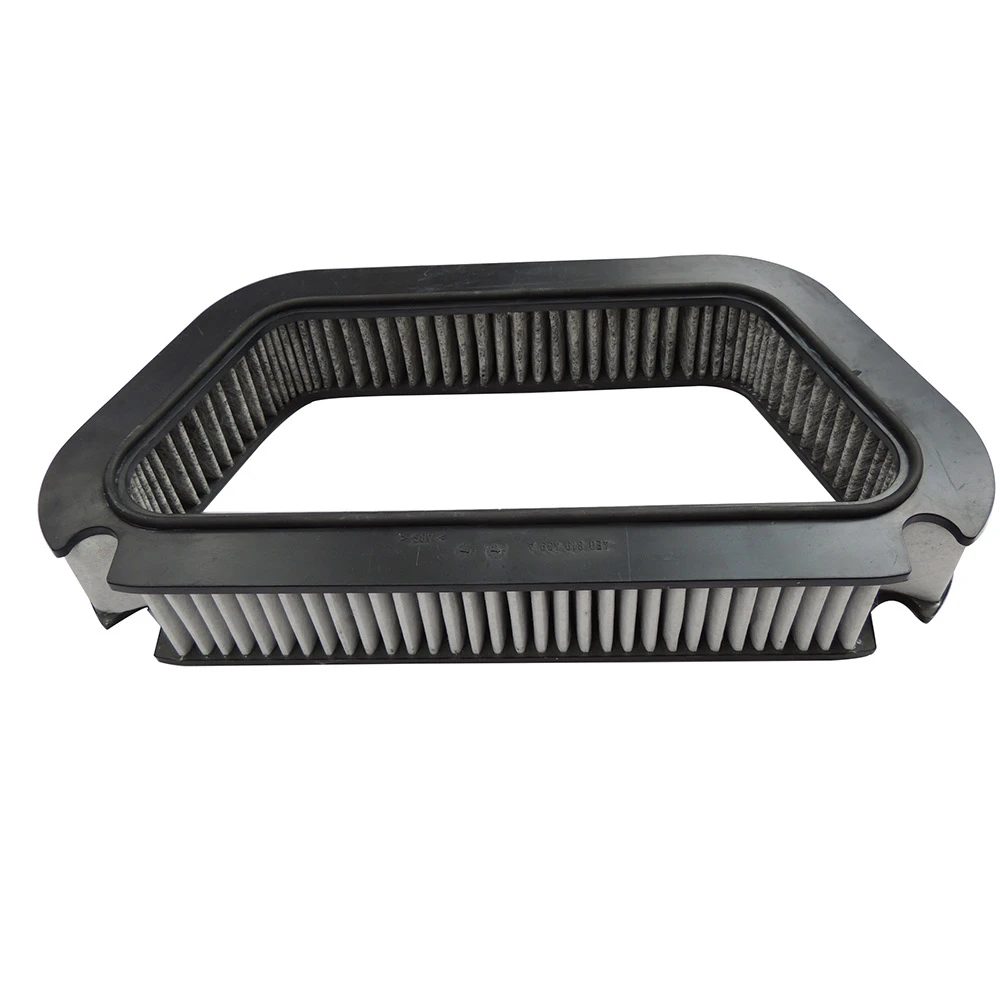
(car hepa filter)
FAQS on car hepa filter
Q: What is the purpose of a car HEPA filter?
A: A car HEPA filter traps microscopic pollutants like dust, pollen, and bacteria from entering the cabin. It improves air quality and is ideal for allergy sufferers. Unlike standard filters, HEPA filters capture up to 99.97% of particles as small as 0.3 microns.
Q: Are car air purifiers with HEPA filters effective?
A: Yes, car air purifiers with HEPA filters effectively remove contaminants and odors. They’re especially useful in high-traffic or polluted areas. Brands like Coway or Honeywell offer compact models designed for vehicle use.
Q: How often should I replace my car’s HEPA cabin air filter?
A: Replace your car’s HEPA cabin air filter every 12-18 months or per the manufacturer’s guidelines. Frequent use in polluted areas may require more frequent changes. A clogged filter reduces airflow and efficiency.
Q: How often should I change my car engine air filter?
A: Change the engine air filter every 15,000–30,000 miles, depending on driving conditions. It protects the engine from debris but isn’t a HEPA filter. Check your vehicle manual for specific recommendations.
Q: Can I clean a car HEPA filter instead of replacing it?
A: No, HEPA filters are not washable or reusable. Cleaning damages their delicate fibers, reducing effectiveness. Always replace them when dirty to maintain optimal air purification.
-
Vehicle Performance with Premium Car Filter SolutionsNewsJul.02,2025
-
Upgrade Engine Performance with Timely Air Filter MaintenanceNewsJul.02,2025
-
Optimize Vehicle Health with Timely Air Filter ReplacementNewsJul.02,2025
-
Every Drive with Next-Level Car Filtration SystemsNewsJul.02,2025
-
Driving Comfort with Advanced Air Filtration SystemsNewsJul.02,2025
-
Cleaner with Next-Generation Automotive Air FiltrationNewsJul.02,2025
-
The Importance of Cabin Filter and Engine Filter: The Role and Maintenance of Cabin Filter and Engine FilterNewsJun.25,2025
Related Products
